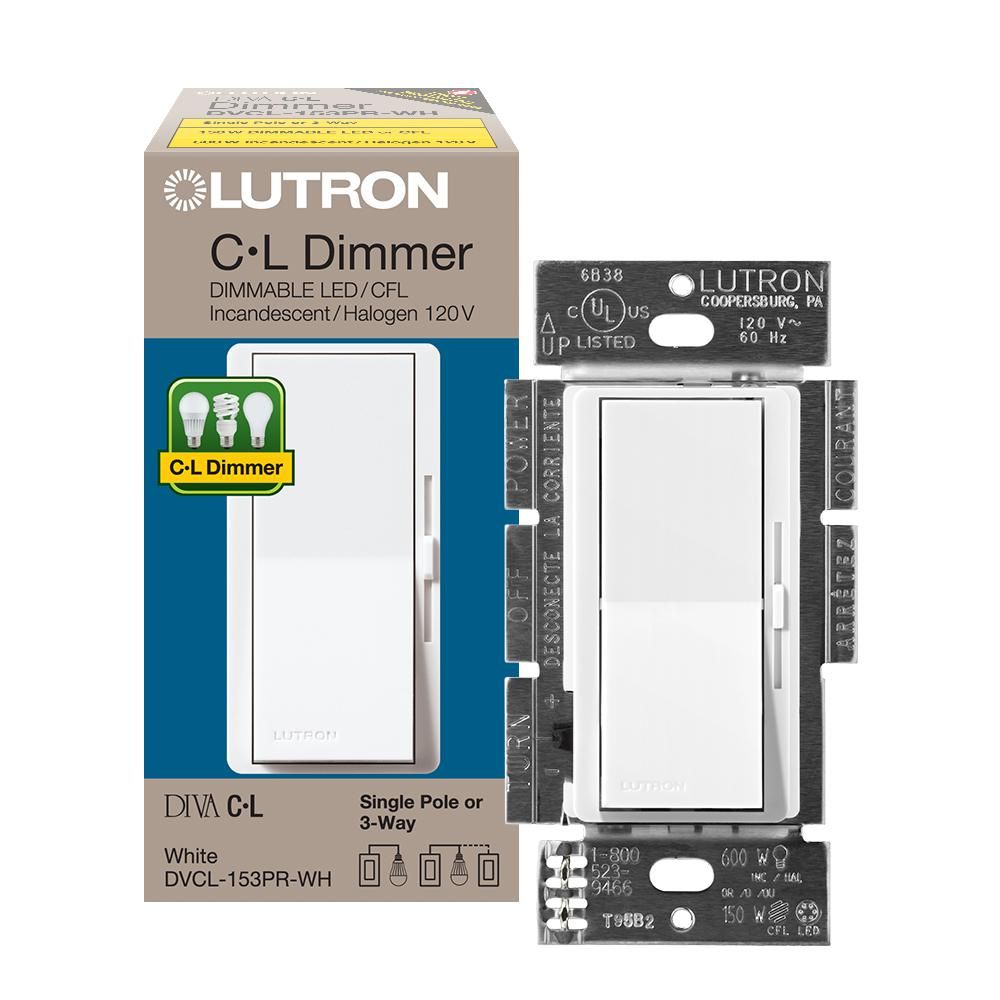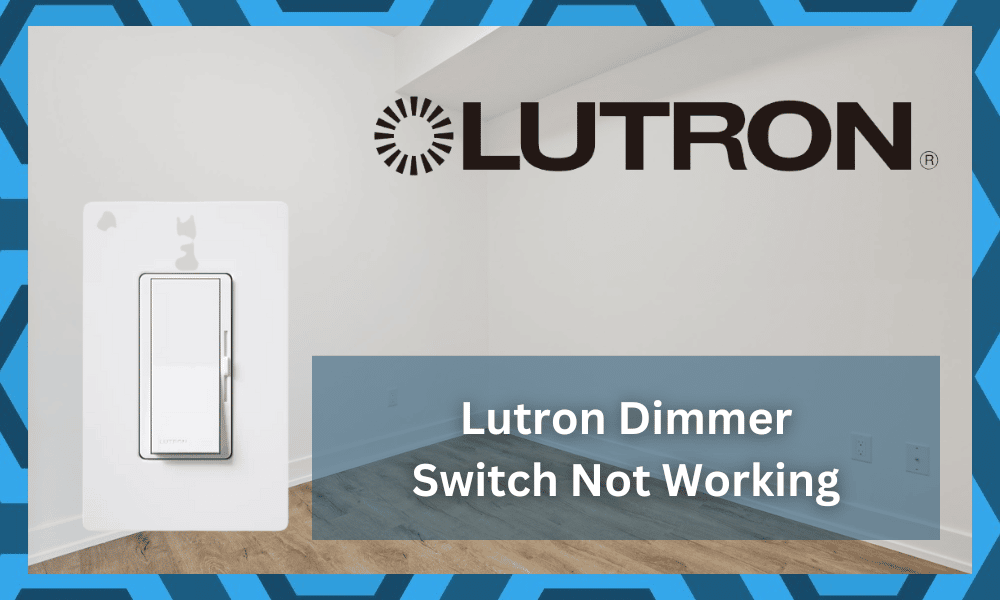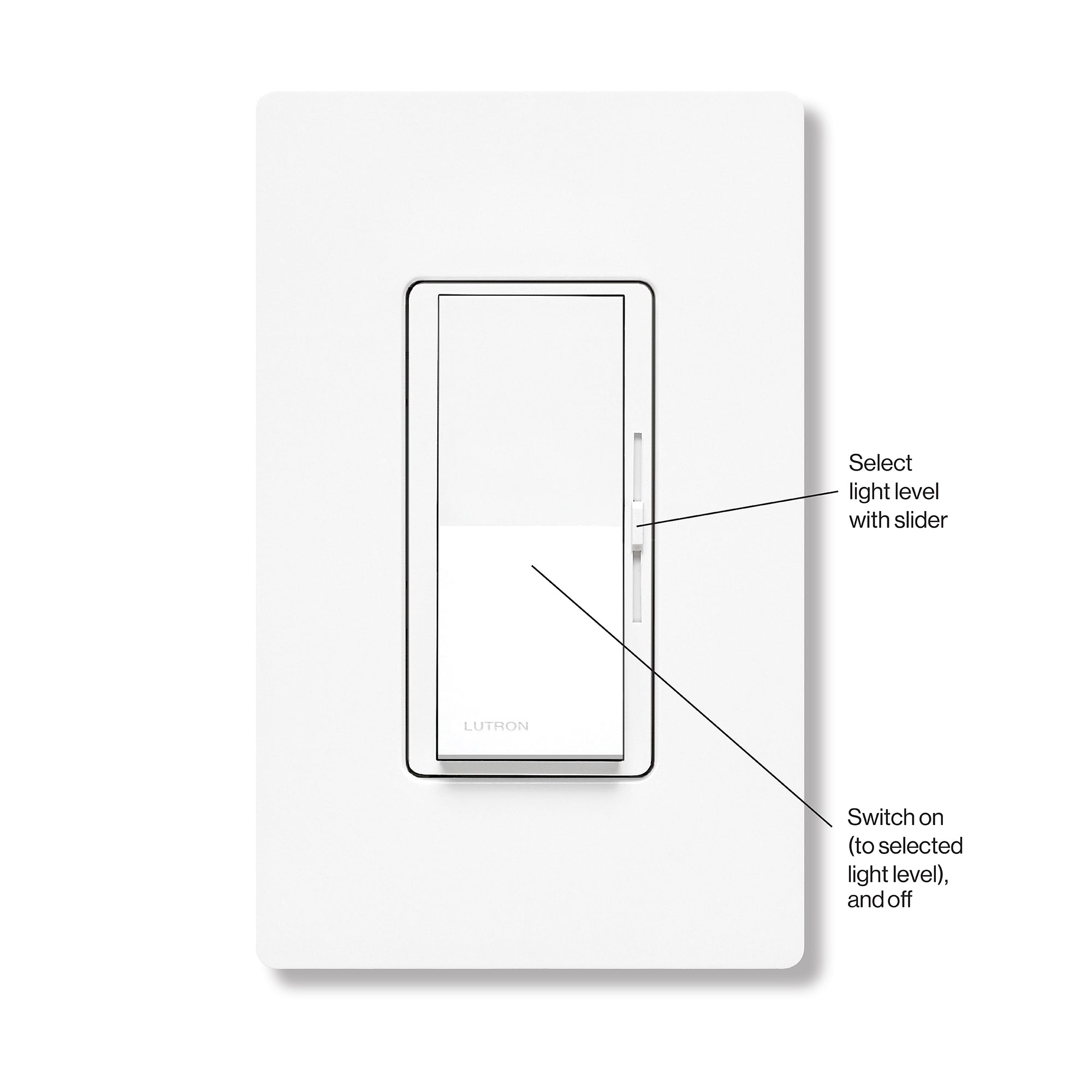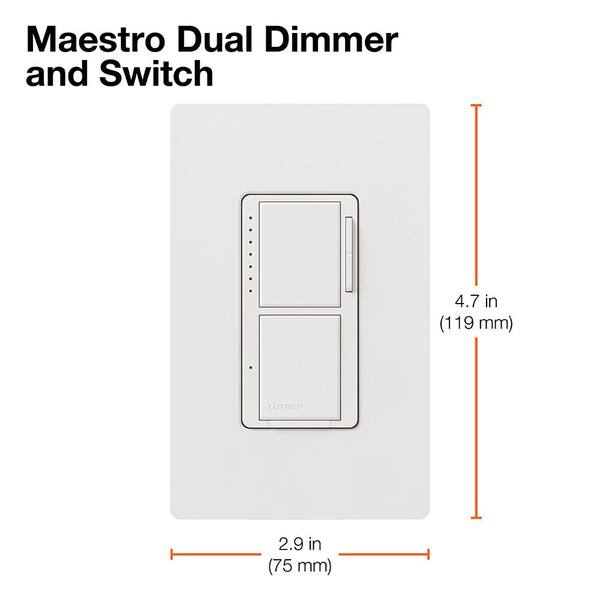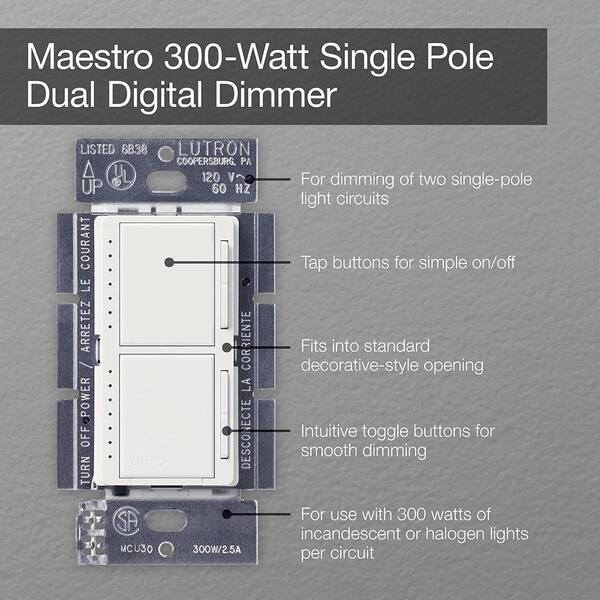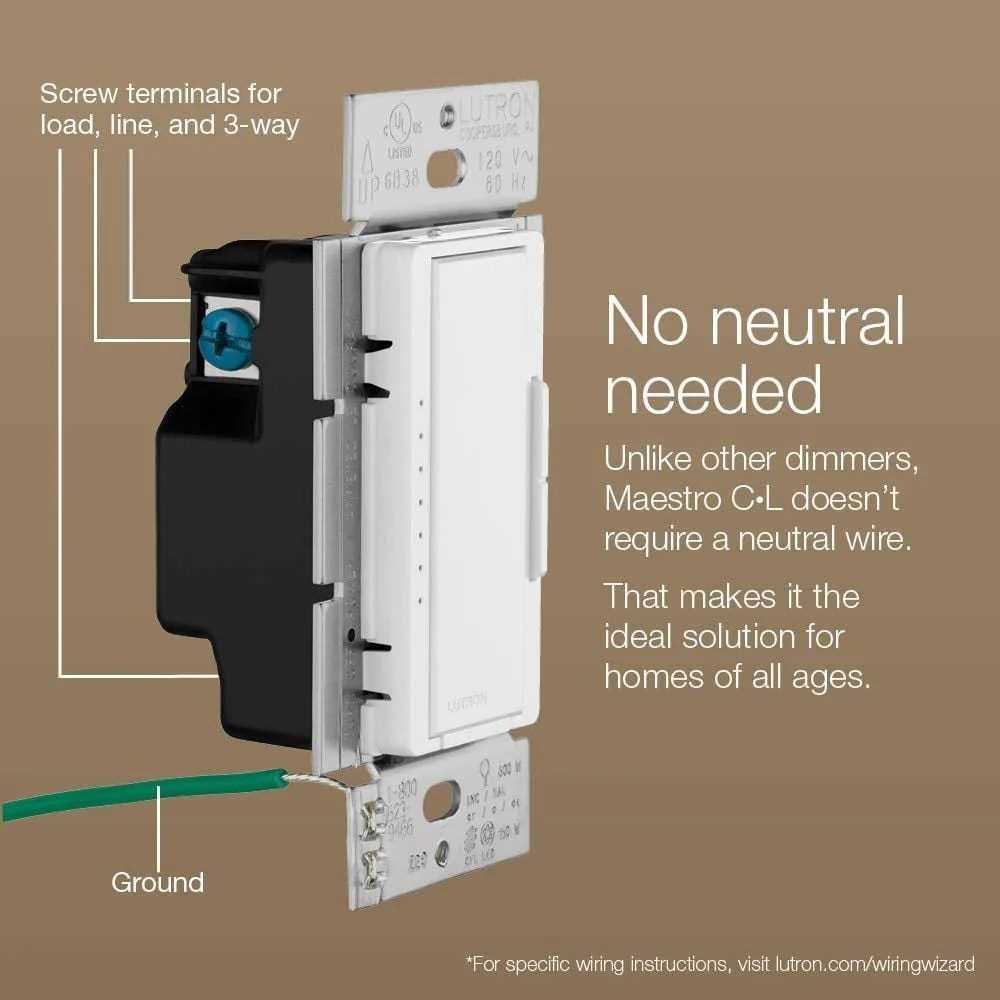Lutron Dimmer Switch Not Working With Led
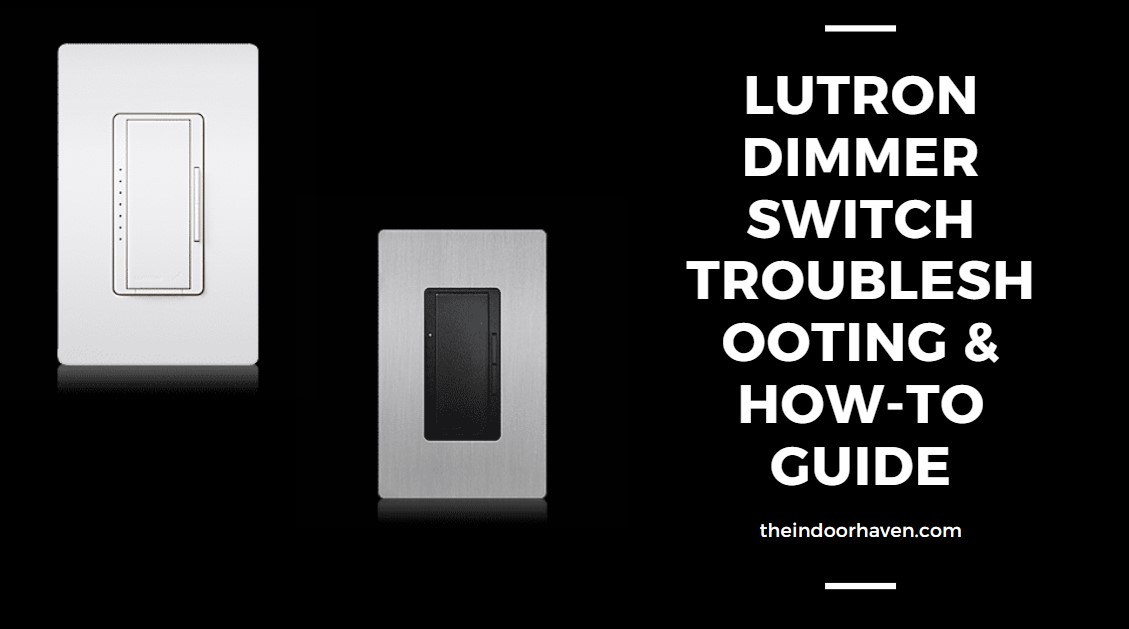
Homeowners across the country are reporting compatibility issues between Lutron dimmer switches and certain types of LED bulbs, leading to flickering lights, buzzing noises, and, in some cases, complete failure of the dimming function.
The widespread frustration highlights a growing challenge in the transition to energy-efficient lighting: ensuring seamless integration between existing dimmer switch infrastructure and newer LED technologies. This article will explore the complexities behind this issue, examine potential causes, and offer advice for consumers navigating this compatibility conundrum.
The LED Dimming Dilemma
While LEDs offer significant energy savings and longer lifespans compared to traditional incandescent bulbs, their dimming capabilities can be significantly different. Incandescent bulbs work by heating a filament, making them relatively simple to dim by reducing the voltage.
LEDs, on the other hand, are semiconductor devices that require specific electronic circuitry to regulate their light output. This difference in technology often leads to incompatibility with older dimmer switches designed primarily for incandescent loads.
Lutron, a leading manufacturer of lighting control systems, acknowledges the issue on their website, stating that not all LEDs are compatible with all dimmers. They provide compatibility tools and lists to assist consumers, but the sheer variety of LEDs on the market can make finding a perfect match challenging.
Potential Causes of Incompatibility
Several factors can contribute to the incompatibility between Lutron dimmers and LEDs.
One common cause is the minimum load requirement of the dimmer switch. Many older dimmers require a minimum wattage to function correctly, often exceeding the wattage of a single LED bulb or even multiple LED bulbs on the same circuit.
Another factor is the dimming technology used in the LED bulb itself. Some LEDs are designed for forward-phase dimming (also known as leading-edge or TRIAC dimming), while others require reverse-phase dimming (also known as trailing-edge or electronic low voltage (ELV) dimming).
Lutron offers dimmers that support both types, but using the wrong type of dimmer can lead to flickering, buzzing, or premature bulb failure.
Consumer Experiences and Frustrations
Online forums and product review sites are filled with reports from homeowners struggling with LED dimming issues.
"I recently switched to LEDs throughout my house, and my Lutron dimmers are now causing all sorts of problems,"wrote one user on a popular home improvement forum.
"The lights flicker constantly, and some of them just refuse to dim at all. I've tried different brands of LEDs, but nothing seems to work consistently."
Another user reported a buzzing noise emanating from their dimmer switch when used with LEDs. The noise, they said, was distracting and raised concerns about potential safety hazards.
These experiences highlight the need for clearer communication and guidance from manufacturers regarding LED compatibility.
Lutron's Response and Solutions
Lutron actively addresses the LED dimming issue through various resources. Their website features an extensive LED compatibility tool that allows users to search for compatible bulbs based on dimmer model.
The company also offers a range of LED-compatible dimmers designed to work with a wider variety of bulbs. These dimmers often incorporate features such as adjustable low-end trim, which allows users to fine-tune the dimming range and eliminate flickering.
Furthermore, Lutron customer support representatives are available to assist homeowners with troubleshooting and product selection.
Expert Advice and Recommendations
Electrical contractors and lighting specialists recommend several steps to minimize compatibility issues.
First, check the minimum load requirement of your dimmer switch and ensure that the combined wattage of the connected LED bulbs meets or exceeds this requirement.
Second, consult the LED bulb manufacturer's specifications to determine the recommended dimming type (forward-phase or reverse-phase).
Third, consider using a dedicated LED dimmer designed for compatibility with a wide range of LED bulbs.
Finally, test different LED bulbs with your dimmer to find a combination that works well. Some manufacturers offer compatibility guarantees, providing peace of mind for consumers.
Looking Ahead
As LED lighting continues to gain popularity, addressing compatibility issues with existing infrastructure will remain a crucial challenge. Manufacturers are working to develop more universally compatible LED bulbs and dimmer switches.
Standardization efforts are also underway to establish clear guidelines for LED dimming performance. Until these advancements become more widespread, consumers are advised to research carefully and seek expert advice to ensure a smooth transition to energy-efficient lighting.
The inconvenience is real, but with diligent research and careful product selection, a flicker-free, energy-efficient, and enjoyable lighting experience can be achieved.







